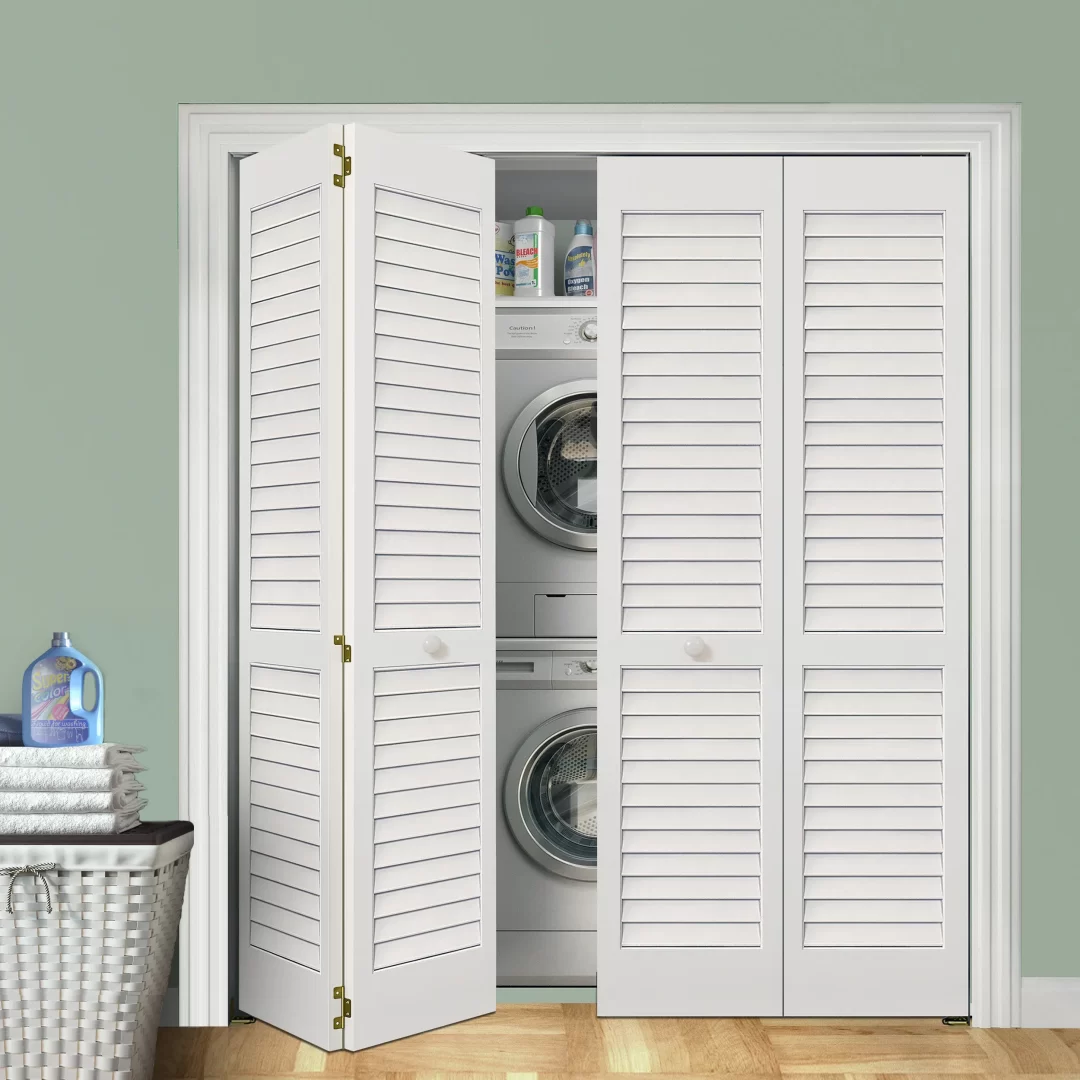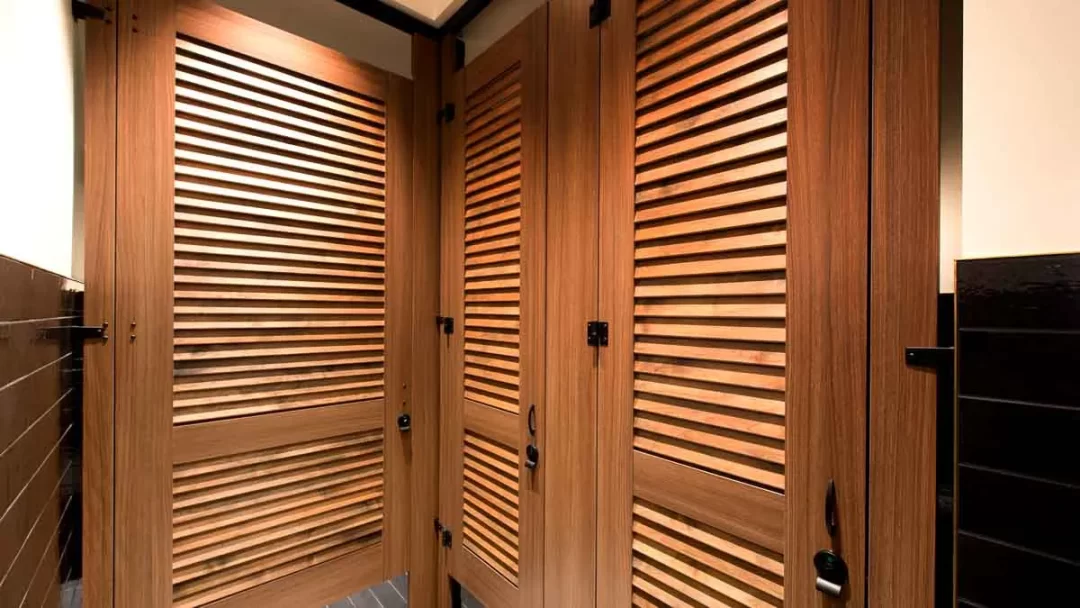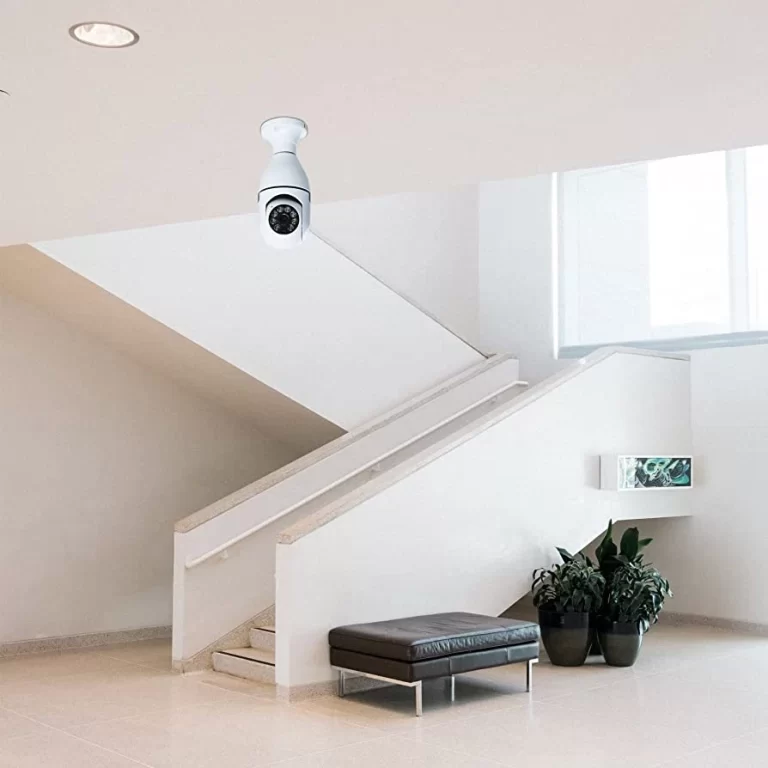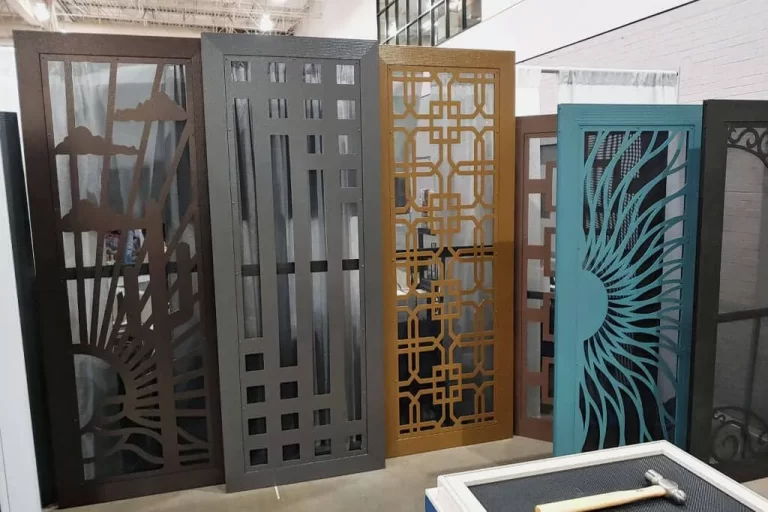Advantages and Disadvantages for Louvered Doors
Discover the numerous advantages and disadvantages for louvered doors in architecture and design. Learn how louvers can enhance your spaces and provide practical benefits.
When it comes to architecture and design, every detail matters. Louvers, those often-overlooked elements, play a crucial role in enhancing the aesthetics and functionality of a building.
In this comprehensive guide, we will explore the myriad benefits of louvers, shedding light on why they are an indispensable component in the world of construction and design.

What are the Benefits of Louvers?
Louvers, commonly seen on the exterior of buildings and even in some interior spaces, offer a wide range of benefits. Let’s delve into these advantages one by one:
1. Improved Ventilation
Louvers are designed with slats or blades that allow for the passage of air while blocking out rain, debris, and direct sunlight.
This design creates effective natural ventilation systems, which can significantly reduce the need for mechanical ventilation and air conditioning.
Improved airflow not only keeps indoor spaces comfortable but also contributes to energy efficiency.
2. Sunlight Control
One of the primary benefits of louvers is their ability to control the amount of sunlight entering a space. By adjusting the angle of the louvers, you can regulate the intensity and direction of sunlight.
This not only enhances the visual appeal of a room but also prevents excessive heat gain, making interiors more comfortable and energy-efficient.
3. Privacy Enhancement
Louvers are a versatile solution for maintaining privacy without compromising on aesthetics.
Whether in residential or commercial settings, louvers can be adjusted to provide the desired level of privacy while still allowing natural light to filter through.
This feature is especially valuable for properties with close neighbors or busy streets nearby.
4. Architectural Versatility
Louvers come in various styles, materials, and finishes, making them a versatile choice for architects and designers.
Whether you prefer a modern, sleek look or a more traditional appearance, there is a louver design to suit your needs. This versatility allows for creative and customized architectural solutions.
5. Energy Efficiency
In today’s environmentally conscious world, energy efficiency is a top priority. Louvers contribute to energy conservation by reducing the reliance on artificial lighting and air conditioning.
By maximizing natural light and ventilation, they help lower energy consumption and utility costs.
6. Weather Protection
Louvers are excellent at shielding buildings from harsh weather conditions. Their design prevents rainwater from entering a space while still allowing air circulation.
This protective feature extends the lifespan of building materials and reduces maintenance costs.
7. Noise Reduction
For properties located in noisy environments, such as urban areas or near highways, louvers can act as effective sound barriers.
The materials and design of louvers help absorb and block out external noise, creating a more peaceful indoor environment.
8. Increased Property Value
Investing in louvers not only enhances the functionality of a building but also adds to its overall value.
Properties with well-designed louvers are more attractive to potential buyers or tenants due to the improved comfort and energy efficiency they offer.
9. Sustainable Design
Sustainability is a growing concern in the construction industry. Louvers can contribute to sustainable design practices by reducing energy consumption and promoting the use of natural resources.
Additionally, some louvers are made from eco-friendly materials, further aligning with green building principles.
10. Easy Maintenance
Louvers are relatively low-maintenance components. Regular cleaning and occasional inspections are usually sufficient to keep them in optimal condition.
Their durability ensures that they can withstand the elements and maintain their functionality for years.
Louvered Doors Disadvantages

Despite the numerous benefits of louver doors, there are some setbacks to look out for:
1. Limited Privacy
One of the most significant disadvantages of louvered doors is their limited privacy. The gaps between the slats allow for airflow and light to pass through, but this also means that they offer minimal concealment.
If you have a space that requires complete privacy, such as a bedroom or bathroom, louvered doors may not be the best choice.
2. Maintenance Challenges
Louvered doors require regular maintenance. Dust and debris can easily accumulate in the slats, making them challenging to clean thoroughly.
Additionally, if not properly cared for, the slats may become loose or damaged over time, requiring repairs or replacements.
3. Noise Transmission
Due to their design, louvered doors are not effective at blocking out noise. If you have a noisy environment outside the room with louvered doors, you may find it difficult to enjoy peace and quiet.
This can be a significant drawback for those seeking a tranquil living space.
4. Reduced Insulation
Louvered doors do not provide effective insulation. In extreme weather conditions, they may allow cold or hot air to enter the room, making it less energy-efficient.
This can result in higher heating or cooling costs, depending on the season.
5. Style Limitations
While louvered doors have a unique and charming look, they may not suit all interior design styles. If you have a specific aesthetic in mind for your home, louvered doors might not align with it.
Finding complementary furnishings and decor can be challenging, limiting your design options.
Conclusion
In the world of architecture and design, the advantages and disadvantages for louvered doors are undeniable. These unassuming elements offer improved ventilation, sunlight control, privacy, and much more.
They not only enhance the aesthetics of a building but also contribute to energy efficiency and sustainability.
Whether you’re designing a residential oasis or a commercial complex, consider incorporating louvers into your plans to unlock their numerous advantages.
READ ALSO!!!





